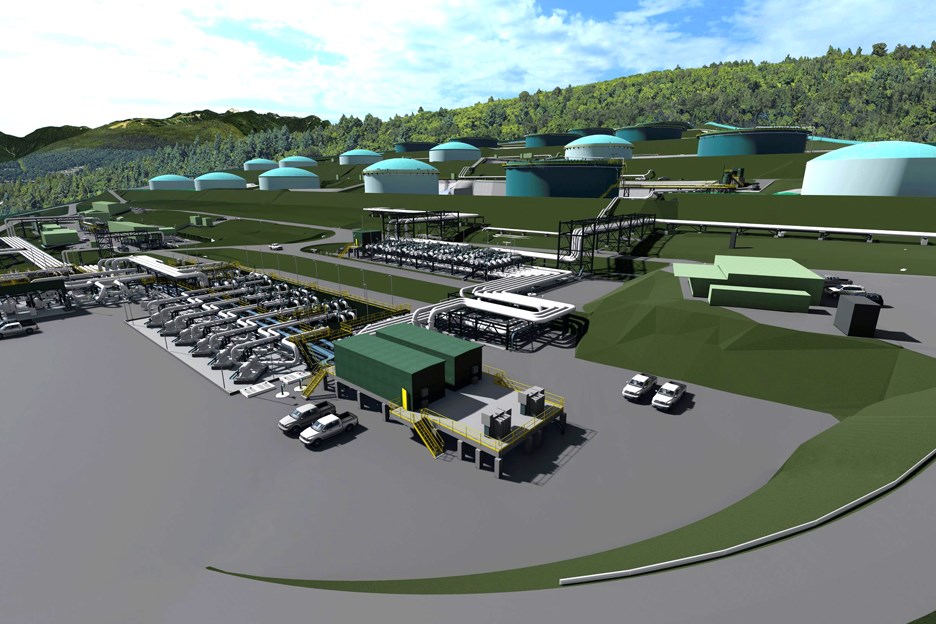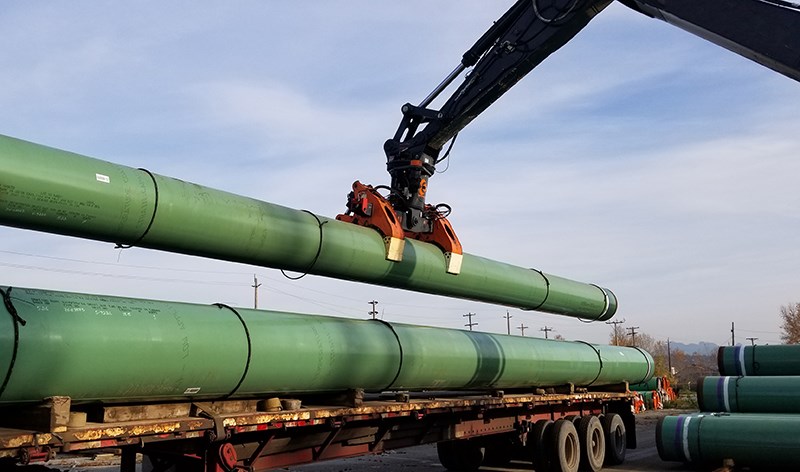Editor:
The estimated cost of completing the Trans Mountain pipeline expansion has ballooned from an initial estimate of $7.4 billion, then to $9.3 billion, and now to $12.6 billion as announced by president and CEO Ian Anderson on Feb. 7, 2020.
The Trans Mountain expansion is a classic federal boondoggle. (That’s) work or activity that is wasteful, pointless, over-budget, and behind schedule — but gives the appearance of having value.
It is by far the worst of all proposals for pipelines to access tidewater and new foreign markets.
It should not be built because the $4.5 billion cost to buy the existing pipeline, $12.6 billion to build the expansion, and at least $6 billion to replace the existing 66-year-old pipeline results in taxpayer liability of more than $23 billion.
As a result, pipeline tariffs will be two or three times higher than for any other tidewater pipeline proposal.
It fails as an export pipeline because the expanded capacity will primarily continue to serve the U.S. market, effectively the only market for almost all of Canada's oil and gas exports, through refineries in Puget Sound via the Puget Sound extension, California coastal refineries via tanker, and U.S. Gulf Coast refineries via the Panama Canal.

It requires doubling the size of the Burnaby Mountain tank farm — already deemed a public hazard by local authorities. Imagine a 5.5 million barrel tank farm on the side of a steep mountain just above a dense residential neighbourhood and an elementary school.
Imagine that tank farm is also immediately below, and immediately abuts the only way in or out of, the Simon Fraser University campus where tens of thousands teach, work, learn, and live, and where there is a second elementary school.
It requires risky, high-liability tanker traffic through Vancouver's harbours, past the Fraser River estuary, across multiple passenger ferry lanes, through the Gulf Islands and Haro Strait, and the rest of the Salish Sea/Puget Sound on whose shores seven million people live.
It was judged to be the least safe of all possible tanker routes/marine terminal locations on Canada's west coast by the federal government's own exhaustive report, Potential Pacific Coast Oil Ports: A Comparative Environmental Risk Analysis by Fisheries and Environment Canada.
Finally, its long-term contracts appropriate volumes needed for more efficient, lower cost, higher-capacity pipelines to much safer tide water terminals like Eagle Spirit and an Energy East do over — if it is terminated at the Canso NS Superport for crude exports.
Mike Priaro, Calgary



